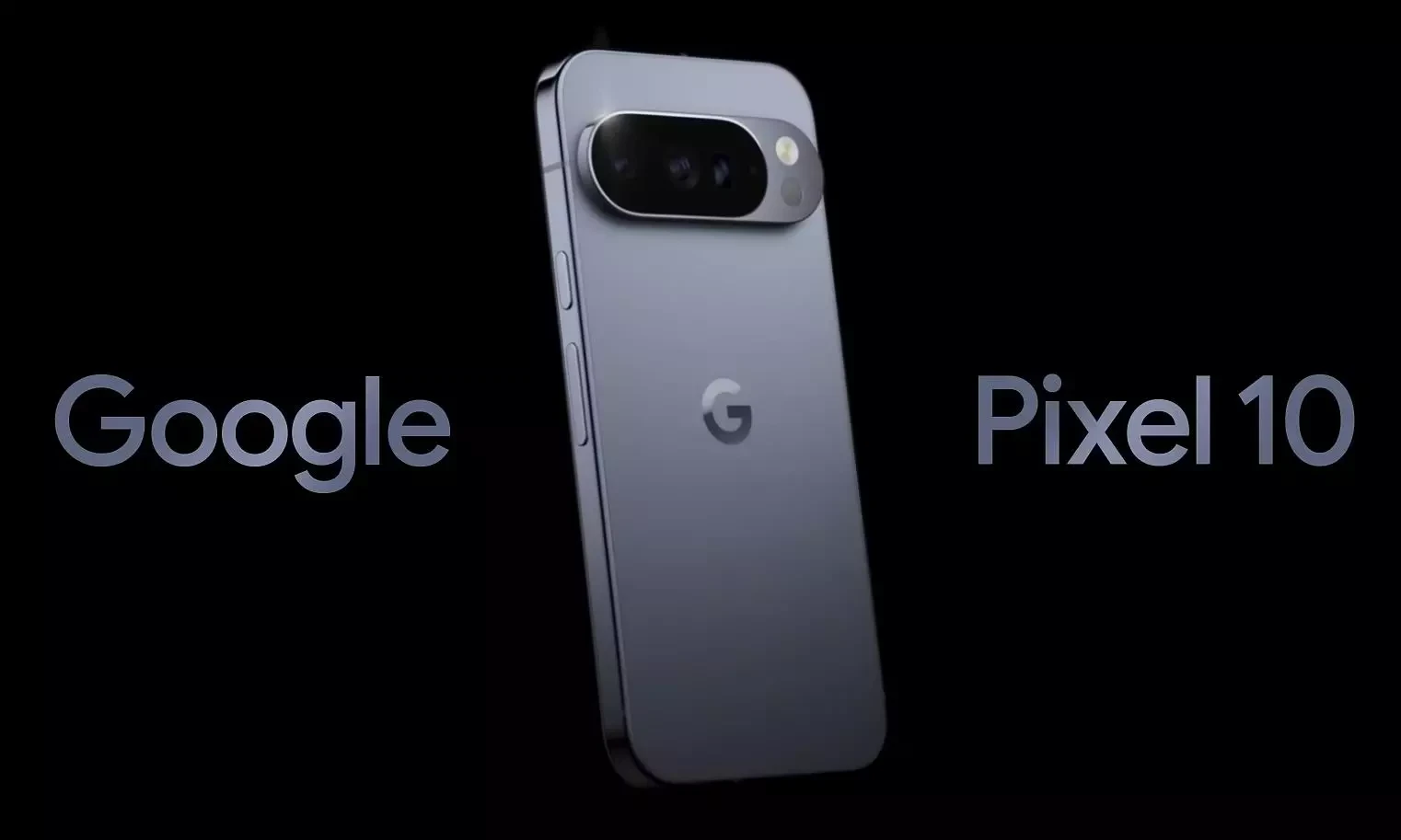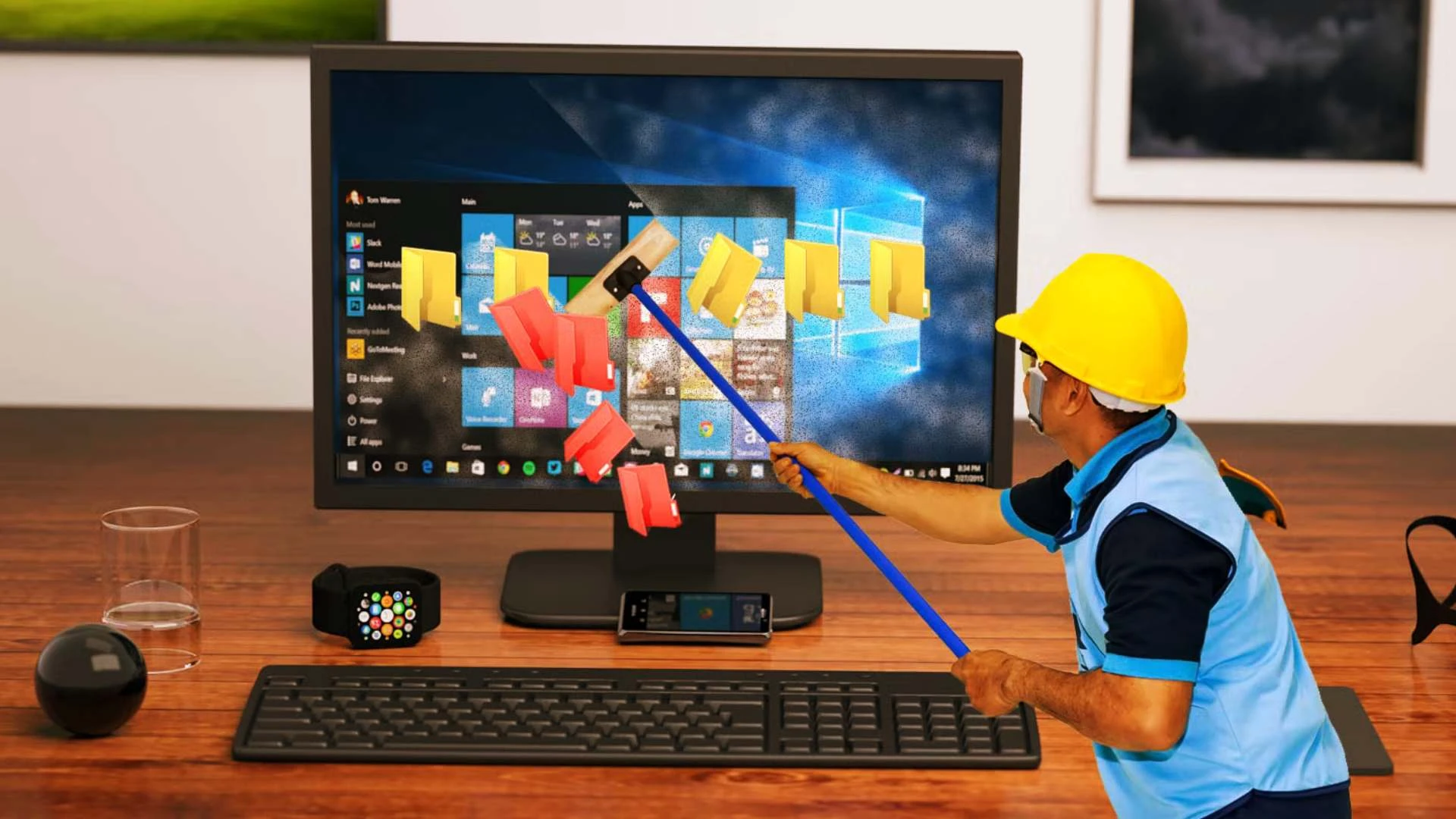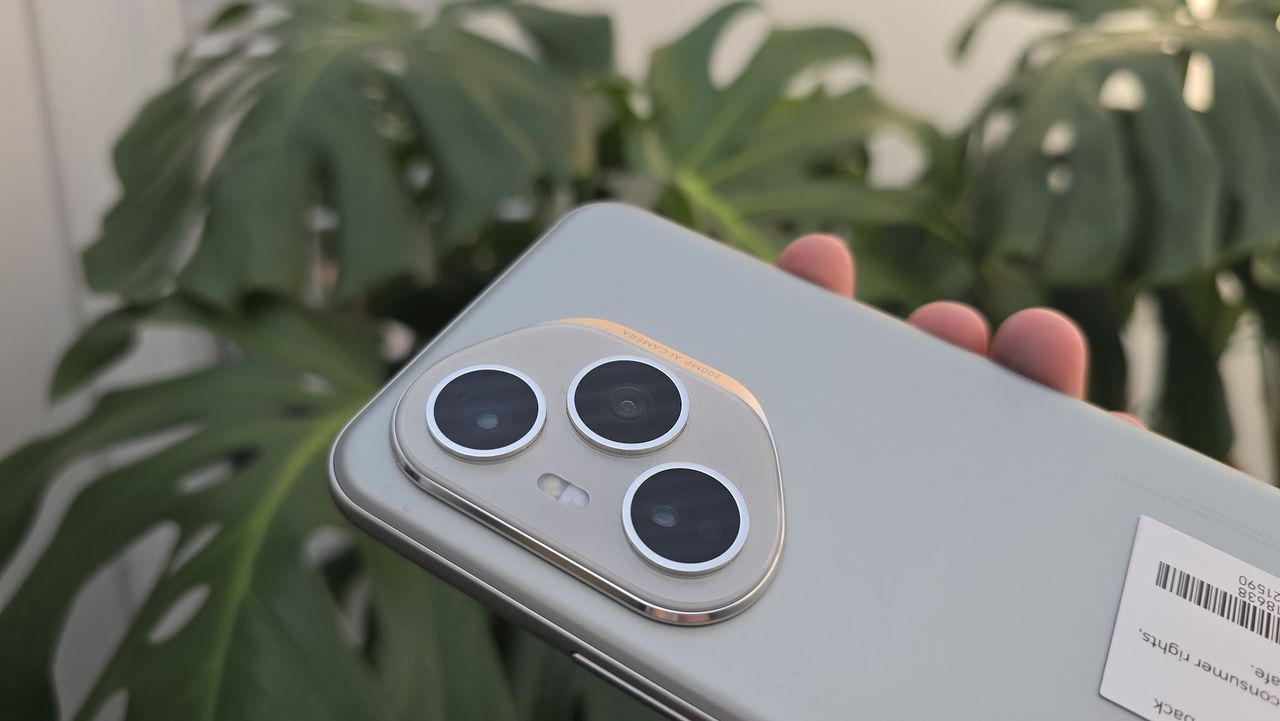क्या हम सच में "Nano Banana" की बात कर रहे हैं? एक ऐसा तकनीकी उपकरण जो Photoshop के अंत का संकेत दे रहा है? ये एक बड़ा मजाक है! हम किस युग में जी रहे हैं जहाँ एक AI इमेज जनरेटर अचानक वायरल हो जाता है और हम सबको अपने दिमाग की गहराइयों में धकेल देता है? क्या हम अपनी क्रिएटिविटी को एक मशीन के हाथों में सौंपने के लिए तैयार हैं? क्या हम सच में यह मानते हैं कि "Nano Banana" जैसे उत्पाद किसी भी तरह से कलाकारों की मेहनत और कौशल का मुकाबला कर सकते हैं? यह सब एक बड़ी फरेब है और समाज को जागरूक होना चाहिए
क्या हम सच में "Nano Banana" की बात कर रहे हैं? एक ऐसा तकनीकी उपकरण जो Photoshop के अंत का संकेत दे रहा है? ये एक बड़ा मजाक है! हम किस युग में जी रहे हैं जहाँ एक AI इमेज जनरेटर अचानक वायरल हो जाता है और हम सबको अपने दिमाग की गहराइयों में धकेल देता है? क्या हम अपनी क्रिएटिविटी को एक मशीन के हाथों में सौंपने के लिए तैयार हैं? क्या हम सच में यह मानते हैं कि "Nano Banana" जैसे उत्पाद किसी भी तरह से कलाकारों की मेहनत और कौशल का मुकाबला कर सकते हैं? यह सब एक बड़ी फरेब है और समाज को जागरूक होना चाहिए
1 Comments
·0 Shares
·0 Reviews















